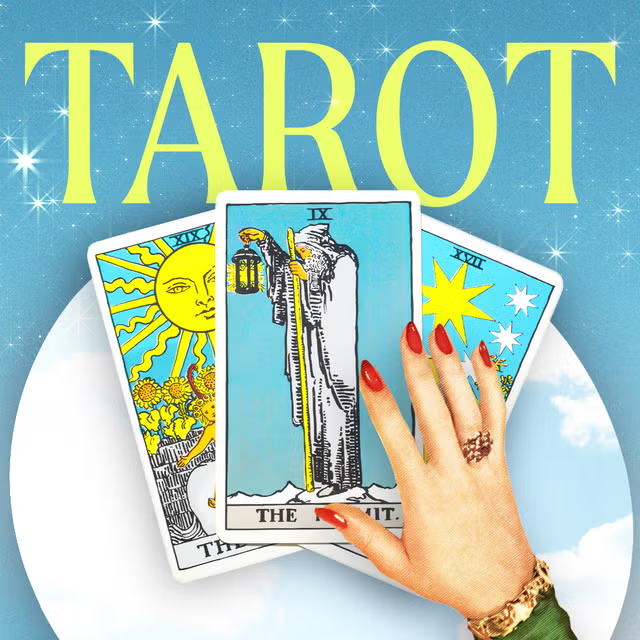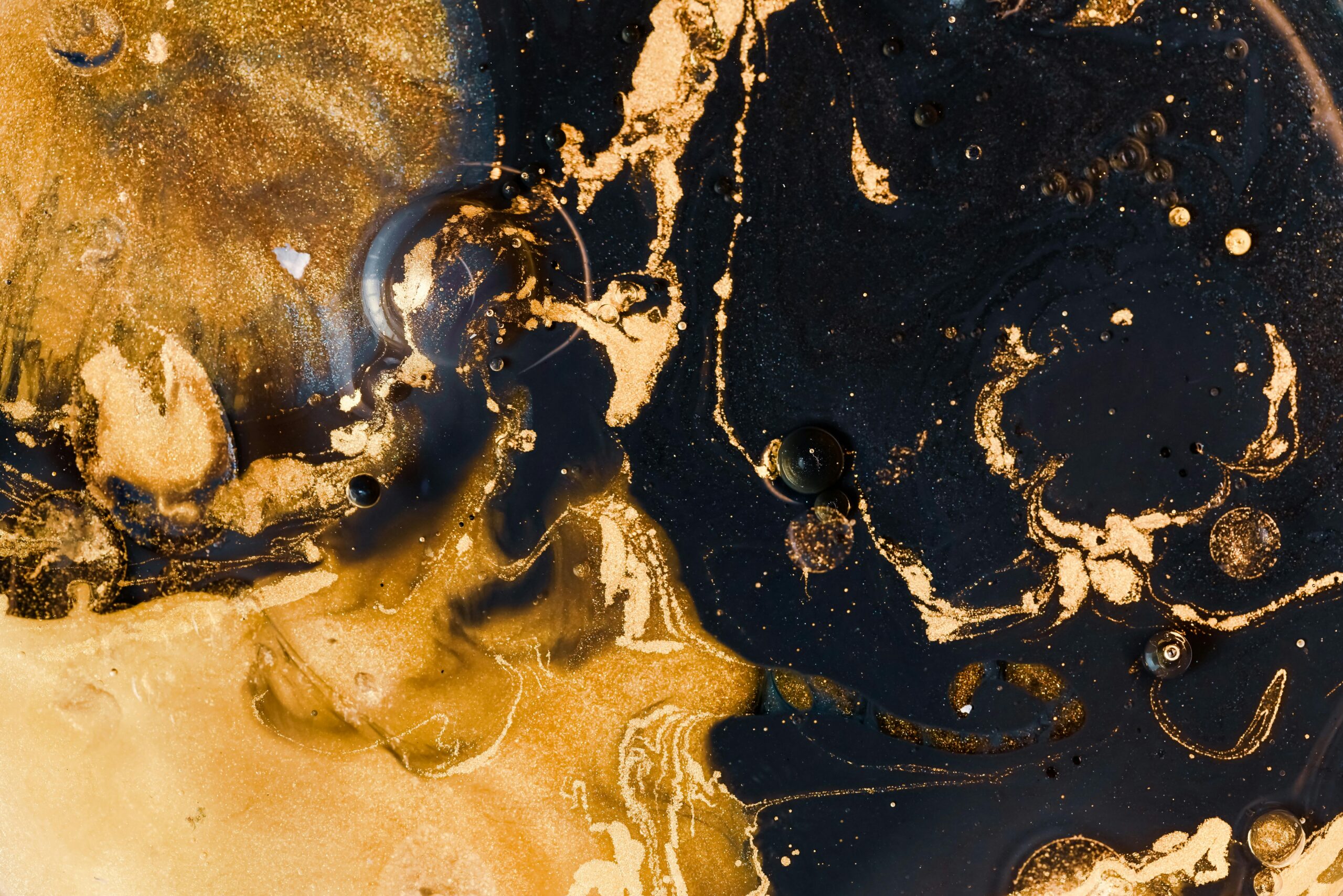Your cart is currently empty!
Tarot Cards
The Art of Tarot Card Reading: An Exploration of Mysticism and Intuition

Tarot card reading is a practice that has captivated individuals for centuries, offering insights into the past, present, and future. Rooted in mysticism, psychology, and spirituality, tarot reading provides a unique lens through which people seek guidance, clarity, and self-reflection. This article delves into the history of tarot, the structure of a tarot deck, the process of a reading, and the significance of this ancient art in modern life.
A Brief History of Tarot
The origins of tarot cards are somewhat shrouded in mystery. The earliest known tarot decks appeared in the mid-15th century in Europe, primarily as playing cards. The cards were not initially associated with divination or spiritual insights. It wasn't until the late 18th century that tarot began to be used for fortune-telling and spiritual exploration, largely influenced by the writings of mystics like Antoine Court de Gébelin and later, A.E. Waite.
The tarot deck is traditionally composed of 78 cards, divided into two main sections: the Major Arcana and the Minor Arcana. The Major Arcana consists of 22 cards, each representing significant life lessons, spiritual themes, and archetypal energies. The Minor Arcana, consisting of 56 cards, is further divided into four suits: Cups, Pentacles, Swords, and Wands, each reflecting different aspects of daily life and human experience.
Understanding the Structure of a Tarot Deck
1. Major Arcana
The Major Arcana cards, numbered from 0 (The Fool) to 21 (The World), symbolize profound spiritual lessons and universal themes. Each card has its own unique symbolism and meaning. For example:
The Fool (0): Represents new beginnings, adventure, and spontaneity.
The Lovers (6): Symbolizes love, harmony, and choices in relationships.
Death (13): Signifies transformation, endings, and new beginnings, rather than a literal end.
2. Minor Arcana
The Minor Arcana cards represent the day-to-day events and experiences in life. Each suit has its own characteristics:
Cups: Associated with emotions, relationships, and connections.
Pentacles: Focused on material aspects, such as work, finances, and physical health.
Swords: Represent thoughts, challenges, and conflicts.
Wands: Symbolize creativity, action, and inspiration.
The Process of Tarot Reading
1. Setting the Intention
Before a reading, the reader and querent (the person seeking guidance) should set a clear intention. This might involve asking specific questions or focusing on areas of concern in the querent's life. Setting the intention helps to channel energy and provide clarity during the reading.
2. Shuffling and Drawing Cards
The reader typically shuffles the deck while focusing on the querent’s question or intention. Once shuffled, cards are drawn from the deck and laid out in a specific spread. Common spreads include:
Three-Card Spread: Represents the past, present, and future.
Celtic Cross Spread: A more complex layout that provides insights into various aspects of the querent's life.
3. Interpreting the Cards
After the cards are laid out, the reader interprets their meanings based on their positions in the spread, their relationships to one another, and the querent's situation. This process involves intuition, knowledge of tarot symbolism, and sometimes even the use of reverse meanings for cards that appear upside down.
4. Providing Insight and Guidance
The final step involves communicating the insights gained from the reading. This may include discussing potential outcomes, advice for navigating challenges, and encouragement for personal growth and self-discovery.
The Significance of Tarot in Modern Life
In today’s fast-paced and often chaotic world, many people turn to tarot for various reasons:
Self-Reflection: Tarot can serve as a mirror, helping individuals reflect on their thoughts, feelings, and motivations.
Decision-Making: People often use tarot to gain clarity on choices, providing a fresh perspective on situations.
Spiritual Growth: For some, tarot is a spiritual practice that connects them to their intuition and higher self, fostering a deeper understanding of their life path.
Conclusion
Tarot card reading is more than just a mystical practice; it is a powerful tool for self-discovery and personal growth. Whether approached as a form of entertainment or a serious spiritual practice, tarot has the potential to unlock insights, inspire creativity, and guide individuals on their life journeys. As interest in holistic practices and personal development continues to rise, tarot remains a cherished art form that invites curiosity, reflection, and connection to the deeper aspects of life.

